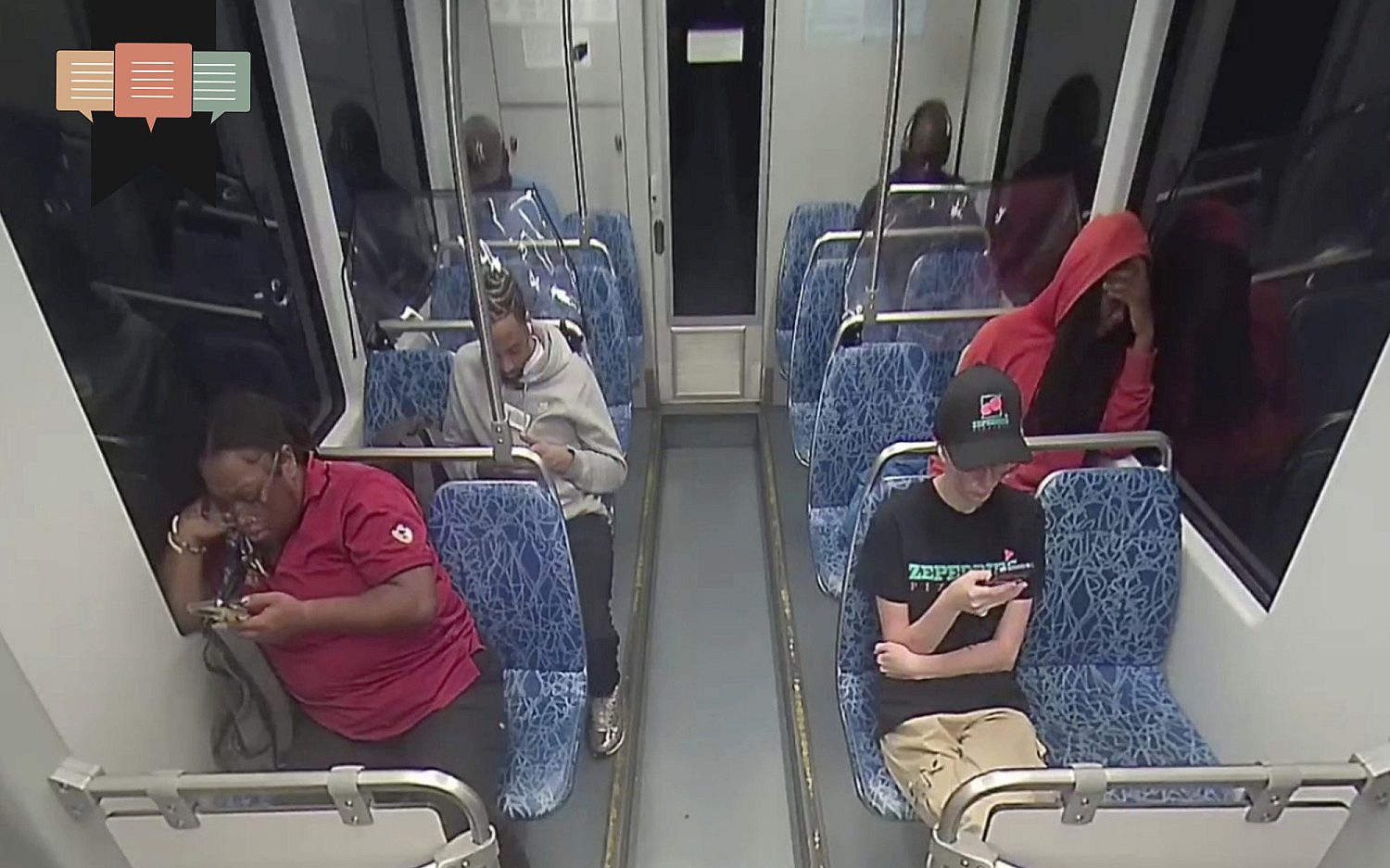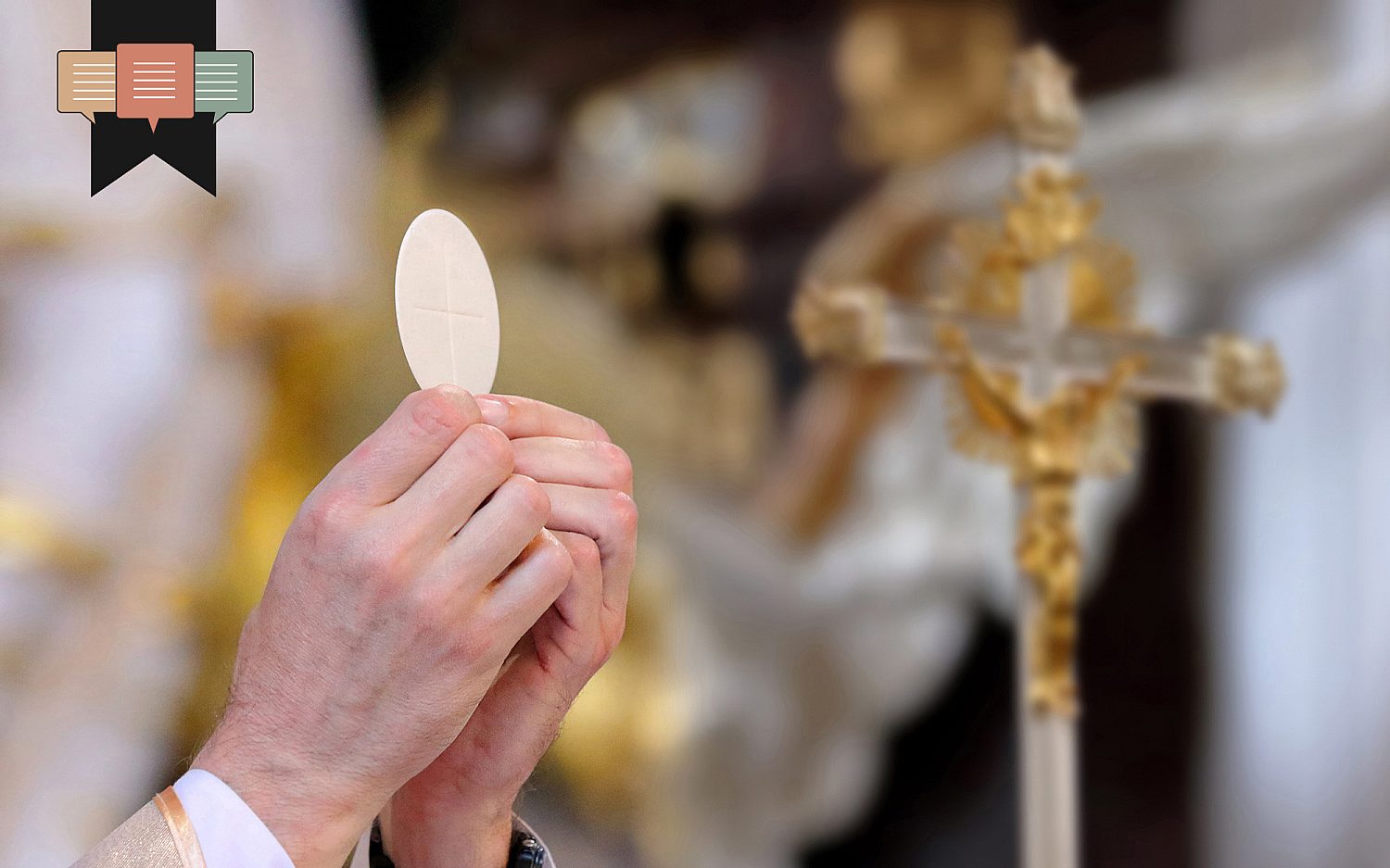The death of Pope Francis
His transitional papacy of liberal suggestion and signaling is now over, but what comes next?
Full access isn’t far.
We can’t release more of our sound journalism without a subscription, but we can make it easy for you to come aboard.
Get started for as low as $3.99 per month.
Current WORLD subscribers can log in to access content. Just go to "SIGN IN" at the top right.
LET'S GOAlready a member? Sign in.
Pope Francis, considered by Roman Catholic dogma to be Vicar of Christ, Successor of the Prince of the Apostles, Patriarch of the West, Bishop of Rome, and Servant of the Servants of God, died on April 21 in Rome at age 88. His 12-year papacy was marked by continual controversy and what amounted to a massive rebranding project for the papacy itself. Unlike his two famous predecessor popes, John Paul II and Benedict XVI, Francis presented himself as a simple pastor, genial and usually smiling. Of course, there was much more to the story.
Popes John Paul II and Benedict were both scholars, and in the crisis of the 20th century, both applied their towering intellects to the defense of Catholic doctrine and moral teaching. John Paul II, the first Polish pope, was instrumental in the fight against totalitarianism and in defense of what he called “the splendor of truth.” Benedict was the great defender of Catholic theology and truth claims against all efforts to accommodate to liberalism and relativism. Both popes held tenaciously to Catholic teaching on human sexuality, marriage, and a male priesthood. As pope and cardinal, John Paul II and Cardinal Joseph Ratzinger had worked together for decades, and Ratzinger was the logical successor to John Paul II when that pope died in 2005. As Pope Benedict, he continued the doctrinal and moral conservatism of John Paul II but lacked his fortitude. Facing mounting scandals in the church, Benedict became the first pope in many centuries to retire, leaving the papacy vacant.
The cardinals who elected Argentinian Cardinal Jorge Mario Bergoglio to the papacy wanted a change in style. They got it. Pope Francis, the first pope from the Americas and the first pope from the Jesuit order, seemed determined to put a new face on the church. He was not an intellectual, like his predecessors. His graduate work was in social work. He refused many of the monarchial trappings of the papacy, choosing to present a more humble face for the church.
At the same time, he was elected as pope, not merely as pastor of the church. Furthermore, his church was being pulled in two opposite directions even as it faced mounting scandals. In terms of direction, Catholic theologians and bishops in Europe, and especially in Germany, were pushing the church hard to the left. They demanded a complete revision of the Catholic faith, dropping the male-only requirement for the priesthood and revising the church’s moral teachings to accommodate, celebrate, and bless LGBTQ persons in the church. Bishops in other parts of the world, especially Africa, pushed for the church to hold fast to its doctrine and teachings. The Africans adamantly insist that liberalization of church will spell disaster. Europe may be embracing liberalism with vigor, they warned, but Africa is not. It also would seem to matter that Catholic pews in Europe are thinning while African numbers are growing.
So, what would Pope Francis do? What leadership would he offer? What steady hand would guide the Roman Catholic Church through troubled waters?
In the most controversial and symbolic statement of his papacy, spoken on a plane from Latin America back to Rome in 2013, Francis responded to a reporter’s question about a “gay lobby” inside the Curia. Francis startled the reporters by saying, “I haven’t found anyone with an identity card in the Vatican with the word ‘gay’ on it.” He then continued: “But if someone is gay and is searching for the Lord and has goodwill, then who am I to judge?”
Those words encapsulate and summarize the legacy of Pope Francis. “Who am I to judge?” The Catholic answer to that ridiculous question was clear: You are the pope, for crying out loud. What good is a pope who doesn’t pope? It is one thing for Pope Francis to present himself as less monarchial in terms of trappings of office. It is an altogether different thing to present himself as a pope who seemed to have no concept of the weight of his office or the magnitude of the issues it faced.
Journalist Philip Shenon got to the essence of what Pope Francis’s “Who am I to judge?” really meant: “No five words would be so talked about in the modern history of the church, since they seemed to undo centuries of pronouncements in which the Vatican had condemned homosexuality as an ‘intrinsic moral evil,’ in the worlds of Benedict XVI. That Francis used the word ‘gay’ was in itself startling, since he had adopted the vocabulary that gays themselves preferred.”
Francis liked to push progressivist messages to liberal activists and the progressivist wing of his church. He offered weirdly leftist comments to reporters and journalists and sent signals about liberalization. He rehabilitated the Marxism of the liberation theologians and condemned western capitalism. He claimed to speak on behalf of the poor and the oppressed but seemed to have little understanding of both economics and Catholic moral theory. He spoke up for immigrants in the context of Europe’s migrant crisis but kept the gates of the Vatican locked. He directed scathing criticism at the United States and clearly saw the conservative American bishops as obstacles to the direction he wanted to lead the church. Under his pontificate the Vatican released a policy allowing for some kind of blessing for same-sex couples, but even the Vatican seemed unsure what the policy meant.
Pope Francis exploited the symbolic opportunities and international publicity that comes with the papacy. He washed feet and offered blessings. At times he appeared ready to make some binding declaration toward more liberal doctrinal and moral teachings, but those really never came. He suggested doctrinal changes and a more liberal position on moral issues, but never delivered on the big questions. All that is left for his successor to work out.
Francis will go down in history as the pope of liberal gesture—the vicar of equivocation. Just when his church needed a firm hand and intellectual firepower, he responded with a shrug. He filled critical Vatican appointments with liberal cronies and appointed as the church’s chief doctrinal protector a fellow Argentinian whose writings included materials rightly defined as sexually perverse.
In the end, his papacy will be seen as transitional. The seismic forces pulling the Catholic Church in opposite directions will not lessen in intensity. Central to the claims of the Roman Catholic Church is its universal ministry, but the explosive forces within that church cannot be contained for long. Catholic priests will perform same-sex unions or they will not. The Catholic priesthood will be limited to men or it will not. The Catholic Church will retain its central moral teachings or it will not. Pope Francis suggested liberalization but never delivered it. He set the stage for a massive shift to the left, but now leaves the stage with the big burden falling on his successor.
A confessional Protestant can only watch and observe these things, but evangelical Christians had better pay attention to what must be learned here. A posture of progressivist suggestion can lead in only two directions. Either the Catholic Church will recover the courage to stand on its moral and doctrinal teachings or it will eventually fall into unconditional surrender to the modern age. Make no mistake: The same dilemma is faced by Protestant and evangelical churches. Pope Francis now leaves the stage, but the stage is now set for the biggest decision of modern Catholic history. Who will follow him?
For now, we understand that many Catholics are mourning. Others are praying fervently for the future of their church. You just have to wonder if somewhere in Rome a stonemason is carving a new memorial stone with the words, “Who am I to judge?”
Editor’s note: This column was originally published on April 21.
These daily articles have become part of my steady diet. —Barbara
Sign up to receive the WORLD Opinions email newsletter each weekday for sound commentary from trusted voices.Read the Latest from WORLD Opinions
R. Albert Mohler Jr. | Response to release of security video shows deep division between liberals and conservatives
Barton J. Gingerich | The deeply rooted problem with a convert to Roman Catholicism administering the Lord’s Supper in a PCA church
Nathan Leamer | We should view artificial intelligence as a potential opportunity for the Church
Joe Rigney | Slayings in Charlotte, Minneapolis, and Nashville reveal a deep spiritual abyss in America






Please wait while we load the latest comments...
Comments
Please register, subscribe, or log in to comment on this article.